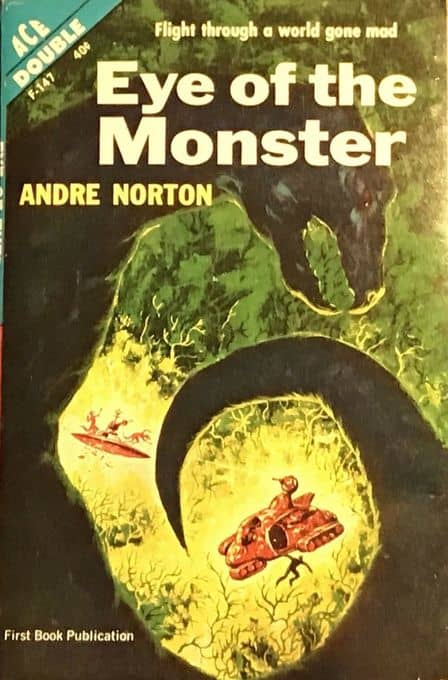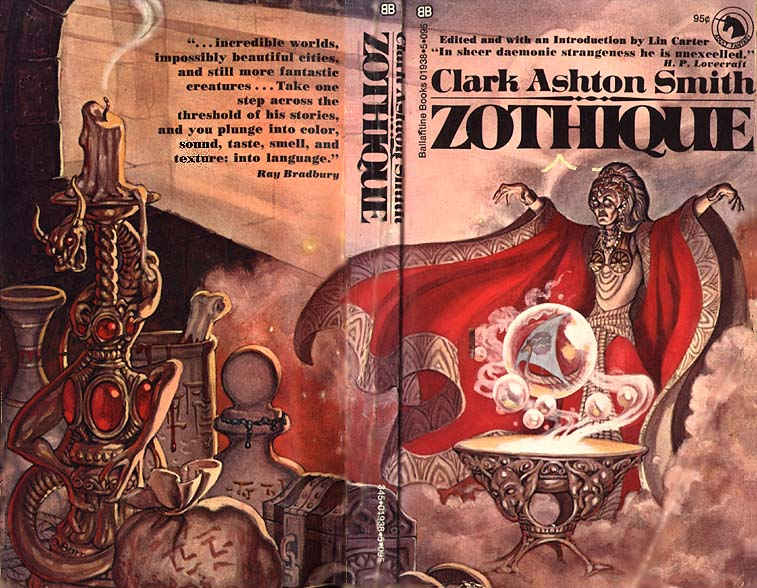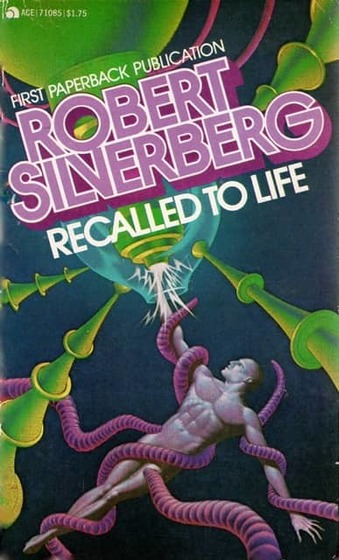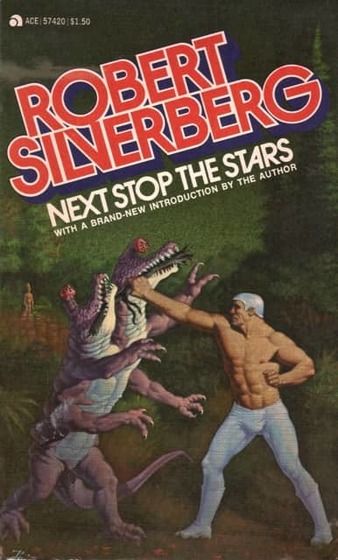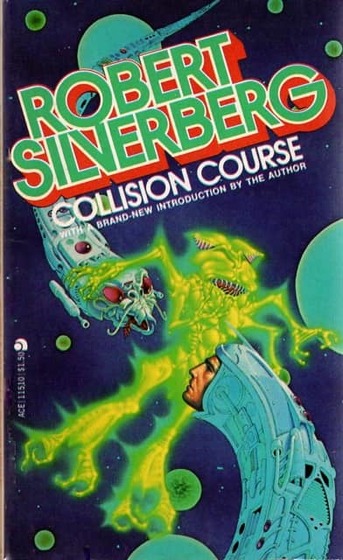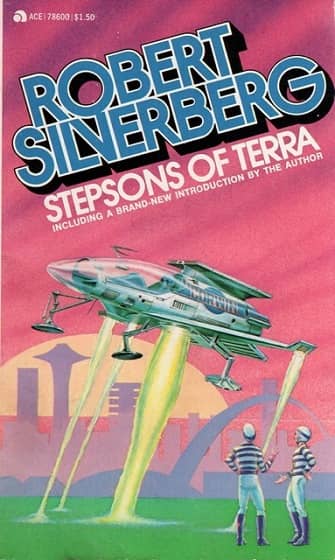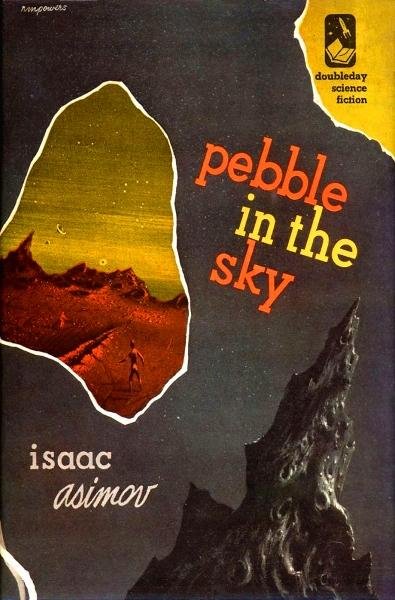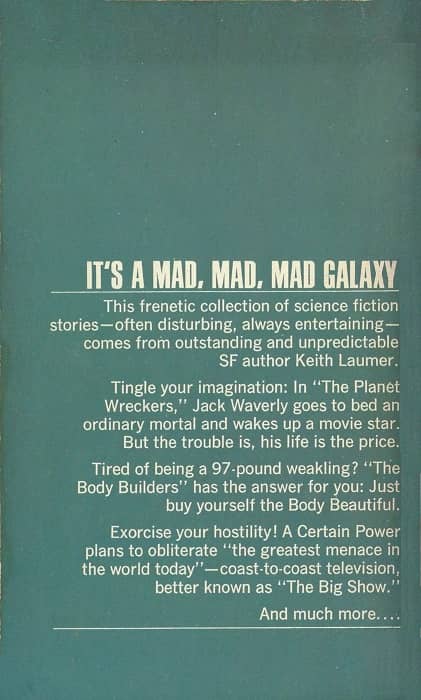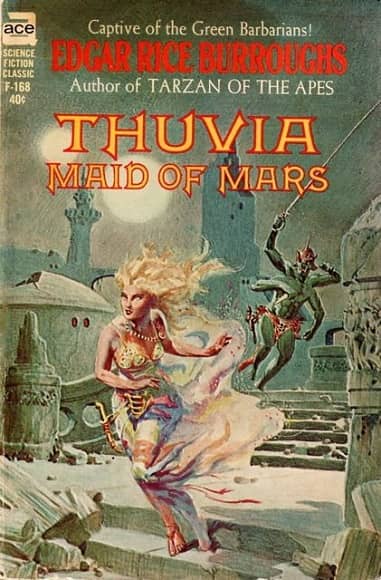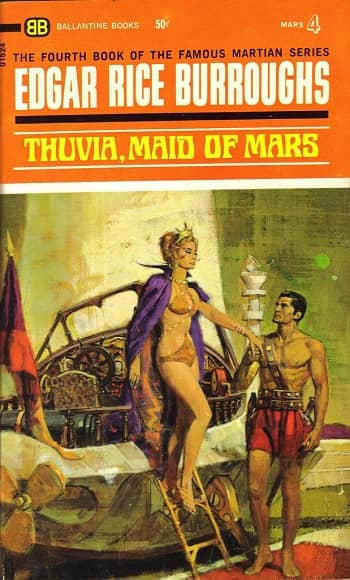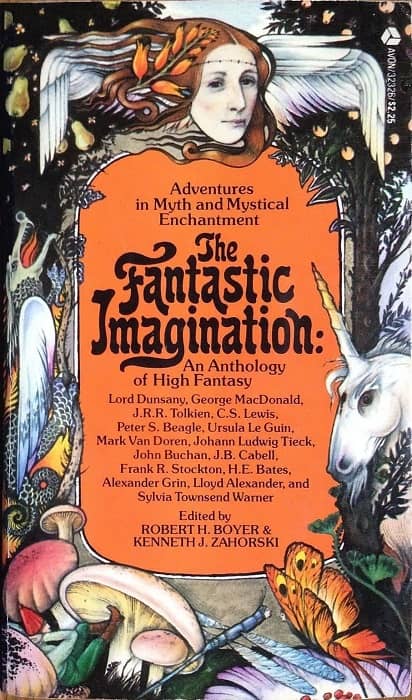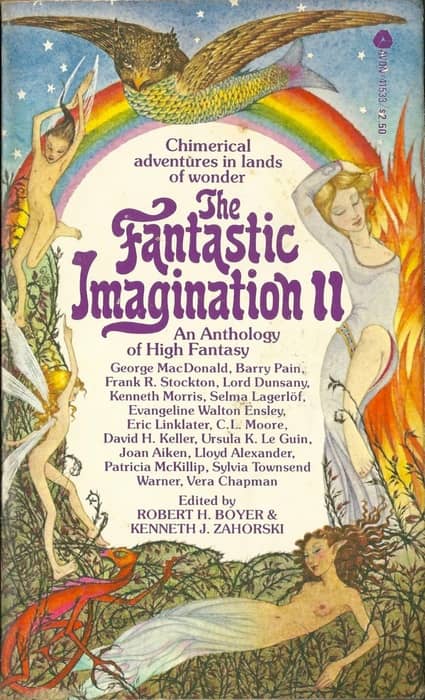Vintage Treasures: The Inquisitor by Cheryl J. Franklin
 |
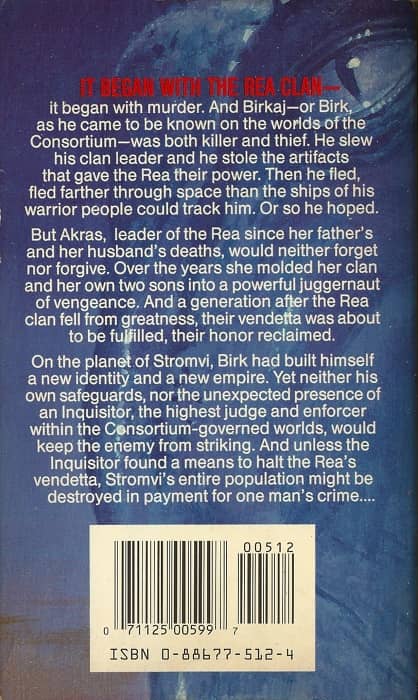 |
The Inquisitor by Cheryl J. Franklin. DAW, 1992. Cover by Les Edwards
Cheryl J. Franklin was one of a reliable stable of women writers upon whom DAW built a mighty paperback dynasty in the late 80s and early 90s. While science fiction of the 60s and 70s was dominated by slender volumes of male-focused adventure, DAW (and others) shook things up at the end of the century — and grabbed an impressive share of the market in the process — by showcasing female writers and sprawling SF and fantasy operas with (gasp) a hint of romance. Melanie Rawn, Mercedes Lackey, C. S. Friedman, Kate Elliot, Mickey Zucker Reichert and Cheryl J. Franklin were right there in the front lines, and you got used to seeing their names on the paperback racks.
Franklin produced two series with DAW, both of which were fairly popular: the fantasy Tales of Taormin (Fire Get and Fire Lord), and the four-volume Network/Consortium. By 1996, however, she had stopped writing for good, beyond a brief appearance in Science Fiction: DAW 30th Anniversary anthology in 2002.
If Goodreads is any judge, Network/Consortium is still read today. Lynn Hall recently called the third volume The Inquisitor “Good old hard core scifi, with a believable alien world and great characters.” John Clute, in the online Encyclopedia of Science Fiction, describes the series as “fantasy-like… set in a Planetary Romance venue, into which interstellar vampires are imported.” I’m pretty much sold based on that description alone.


